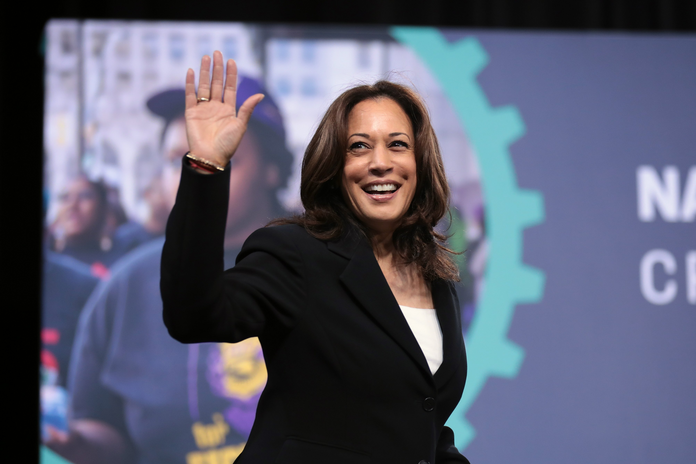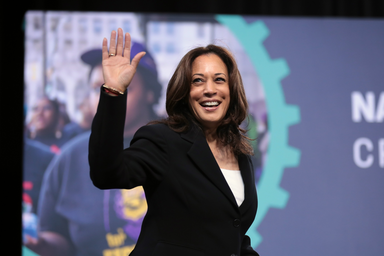I remember at the age of sixteen, attending my school’s annual student awards assembly presented by the local MP Mark Francois. During this, he attempted to make a point about how far society had come, having had two female prime ministers, only to ruin it by joking that one was remembered for her bags and the other for her shoes. What Mark Francois didn’t realise is that femininity and power are not mutually exclusive and that fashion can be a political device.
Like it or not, first impressions are important, and this was certainly the case for Theresa May whose leopard print kitten heels caught everyone’s attention at the 2002 Conservative Party Conference and became her signature look. However, rather than shy away from this reputation, May turned it into her brand. While not everyone is prepared to listen to all of her speeches and keep up with politics, many people were still intrigued by the former prime minister’s fashion choices, including the British press. She was able to use her outfits to convey the sort of leader she wanted to be, often donning simple structured blazers with crisp edges and bold chain necklaces. These style choices very much alluded to the albeit overplayed sound bite of “strong and stable” leadership used throughout the 2017 general election.
In Margaret Thatcher’s case, it was the handbag. It said: this is my briefcase. I am practical and prepared. Her bags were considered so iconic that in 2000, a fund manager paid £100,000 for one of her bags at a charity auction, stating that for over 20 years he had admired her willpower, drive and ability. And this is exactly what the bags represented – femininity and power.
One woman who has fully embraced fashion as a political deviceis Michelle Obama who not only incorporates her vibrant personality into her outfits through bold colours and the occasional sparkle, but also co-ordinates her outfits to match the occasion. One such example was the red Narcisco Rodriguez dress she wore at her final speech as first lady, a homage to the dress by the same designer that she wore on election night in 2008 and a possible act of solidarity with immigrants against the Trump campaign – the designer is Cuban American. When visiting other countries, she often celebrates the country’s talent by showcasing one of their designers, such as the Delpozo dress she wore at the Let Girls Learn conference in Madrid. By doing this, she politicises her outfits in a way that voices her opinions without her explicitly stating them and is never overshadowed by her husband. It is hard to deny the influence the former first lady has when the Narcisco Rodriguez dress she was wearing at the 2016 State of the Union address had sold out by the time president Obama had finished his speech.
Of course, this does not make up for the fact that far more emphasis is placed on women’s appearance than men’s and is much more likely to be used against them by the press. Take the Daily Mail for example, who in 2017 came up with the sexist headline “never mind Brexit who won legs it” referring to a picture of Theresa May with Nicola Sturgeon in which, shocker, their legs were visible. This kind of media coverage seems particularly unfair when most of the time, our current prime minister looks like he has just stumbled out of bed, but doesn’t get half the negative press as his female counterparts who actually look put together. Women should still be able to express their femininity without it undermining their effectiveness as leaders. After all, the notion that femininity equals weakness is an out-dated one. However, even women who do not place much emphasis on style are often unfairly labelled as “frumpy” or “boring”. In which case, you might as well wear the things that make you feel good and make a statement with it.
Pictured: Kamala Harris, US Senator donning her classic look of a structured blazer. She often wears a statement beaded necklace for a feminine and classy touch.



